|
Happy Tuesday! Another round of obsessing over my mini-hedgerow. To me, it's startling how much a slight change of location can affect a garden. We live less than an hour away from our previous location. Same weather for sure, but the soil isn't quite the same and the conditions are different. There's even a a difference between our front and back gardens. The oak trees in front make the ground drier and the location more shady. Our back garden is north-facing, more open, and gets extra humidity rolling in from the oft-watered golf course. Roses don't love our backyard for the humidity and they don't love the front for the dryness and shade. So, I don't have a lot of roses. I couldn't anyway, given the size of our property, but there is space for more roses than I have. Oops -- tangent!
It's really a good thing. In the above photo is our eastern hedge. West-facing, it gets scorched in the afternoon. Salvias have reseeded and spread profusely and I am fine with that. They don't mind the intense sun at all and they are so much better for local wildlife than roses. Roses are loved for their fragrance. But salvias smell good, too. Even their leaves smell good -- a fragrant, earthy scent that is entirely pleasant. I've always loved them and now more than ever. There are a lot of wonderful plants in the Lamiaceae family that have medicinal and culinary uses. This includes mint, deadnettle, and sage (salvia). Rosemary, by the way, has recently been moved to the salvia family. Formerly called Rosmarinus officinalis, its new name is Salvia rosmarinus. But that's another post. There are many varieties of salvia in our garden. Along this, our eastern hedge, salvia coccinea has reseeded to the point I have to thin it out regularly. It's the smaller, mostly pink and white plant on either side of the old garden rose. To the far left is a treasure, Salvia guaranitica. At least, I think that's its name. I'm embarrassed to say that I've planted so many salvias and some resemble so closely that I have a hard time telling them apart! Whatever its name, it is one of my favorite plants in our garden. It's a giant, growing wide and tall. It's taller than me! It is loved by bees, butterflies, and hummingbirds. Time to get out there and weed -- just a little! The sun is high in the sky. :) Wishing you a lovely time in your garden.
0 Comments
Summer Solstice -- Midsummer -- Hot and Humid Here in Southeast Texas
No matter the weather, it's a magical time, full of dreams and hopes. One daydream I've enjoyed over the years is about having a hedgerow. I've always wanted one, likening them to a "woodland edge", where all manner of creatures and plants can be found. I tried to grow one on our few acres back when, but it wouldn't have been anything like the old, enormous hedgerows of the UK. And now I have this tiny dot of a garden. I can't have a hedgerow. But I do have a hedge and I make the most of it. And, wonderfully, birds, insects, and small creatures do make themselves at home there. I've fronted the hedges with fruit trees, flowering shrubs, and a few annuals now and then. Not everything is flowering yet. Some plants have shot up rather quickly from winter slumber, surely because temps have jumped to triple digits earlier than usual. They are giant plants and I have every confidence that they will burst into color soon. For now, the althea and rose mallow are strutting their stuff! I aim to make this a regular, weekly blogpost. I think it will be fun to share my mini-hedgerow with you. Happy Midsummer! Regrettably, I didn't spend much time in the garden this week. On the upside, I will have to make up for it this weekend -- (almost) always a pleasure!
Some areas aren't getting enough water from the renewed sprinkler system, but most plants are thriving. Blackberries are finally ripening. They're so small -- not the Kiowa we are used to -- but lovely and tasty all the same. Tomatoes are coming along, even the cherry have begun to fruit. There should be no stopping them now! Our little section of beans is also looking good. Daylilies have been making spectacular bursts. Coneflowers are coming up everywhere and I'm so excited. It's taken a few years for all the plants to settle in, but the results of are far more wonderful than I'd imagined. Sometimes, we just have to allow nature to take its course. This weekend, I'll have to do at least a little weeding (never enough) and finish planting the herbs I purchased last week. We will also have to see what we can do about a particularly dry patch in one of the raised beds. And I will be experimenting with more herbs from the garden. Herbal tea, anyone? Monarda, also known as bee balm, horsemint, and wild bergamot, (among other names, depending on the variety and region) is a wonderful, useful, versatile herb. I have two varieties in my garden -- Monarda didyma (the red) and Monarda fistulosa (pink).
It's not a very demanding plant. While it does best with an average amount of water and sunlight, it will get by with less of both. In my garden, the Monarda fistulosa does get powdery mildew sometimes. In the wild, this variety is commonly found growing in dry, rocky conditions and the area we live in is steamy in summer. But it blooms all the same, usually from spring through fall. In fact, Monarda is very hardy, being a member of the mint (lamiaceae) family. Unlike mints, it's not invasive. But if it's happy, it can grow into a nice, big clump that you might want to divide every few years. It's a pretty plant and I'm not the only one who likes it. Bee balm holds enormous attraction for pollinators, hence its nickname. For this alone, it's worth its space in the garden. Native to North America, it's loved not only by bees, but also butterflies and hummingbirds. I also enjoy it in tea. It helps settle the stomach and soothe the nerves. To me, its distinct flavor is between grassy and citrusy. Is "herbally" a word? Anyway, I make a personal blend of spearmint, lemon balm, and bee balm that is refreshing hot or cold. Whether you enjoy it in a cup of tea, appreciate a carefree plant in your garden, or enjoy watching hummers hover and bees at work or all of the above, Monarda is a wonderful addition to any garden. |
Our GardenFor years, my husband and I worked at creating a series of gardens on our four-acre lot in a rural, Texas subdivision west of Houston. I have to say, it was a fantastic experience. Now, I have a pocket garden on a golf course. Archives
June 2024
Categories
All
NewsletterFrom me to you with a smile. Thank you!You have successfully joined our subscriber list. |
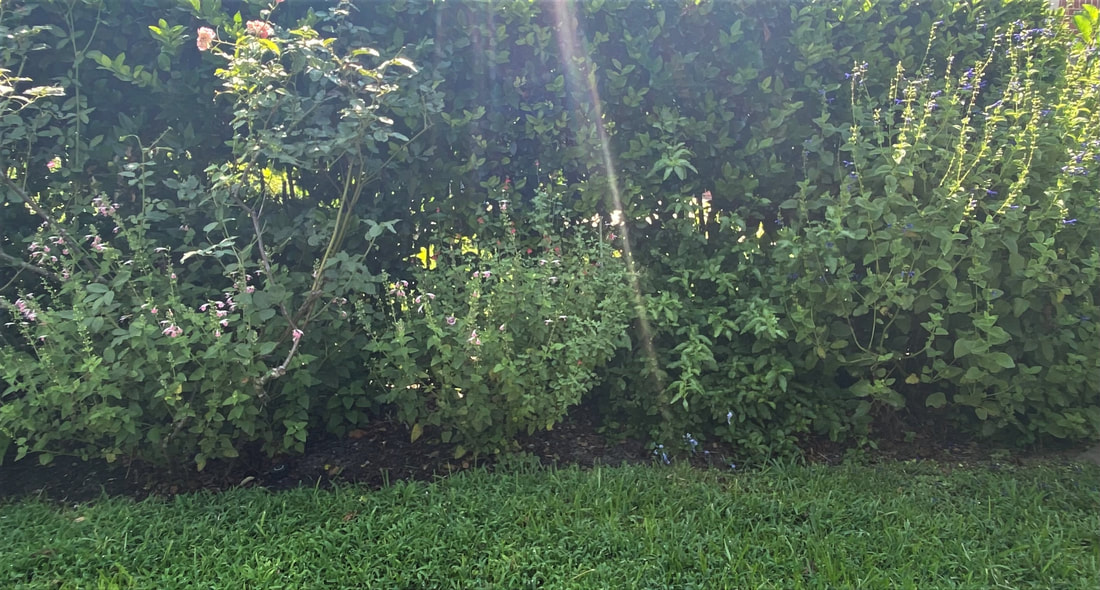
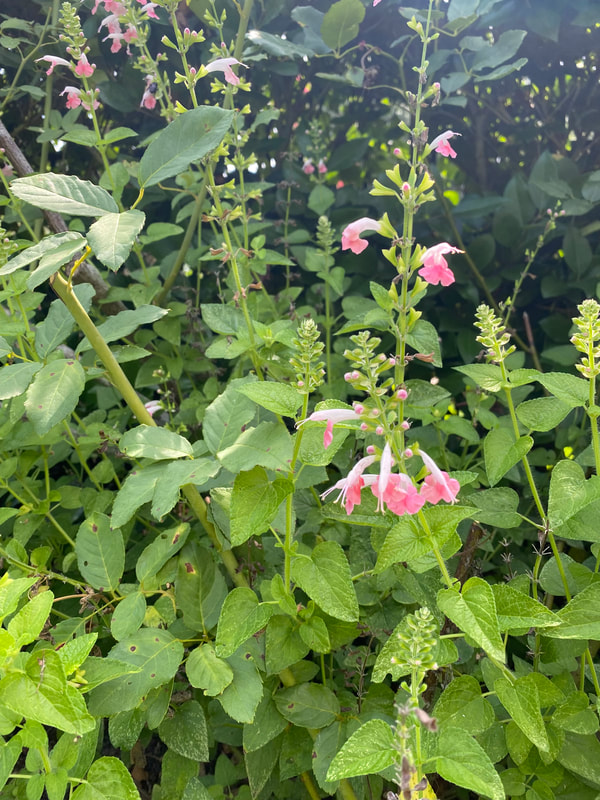
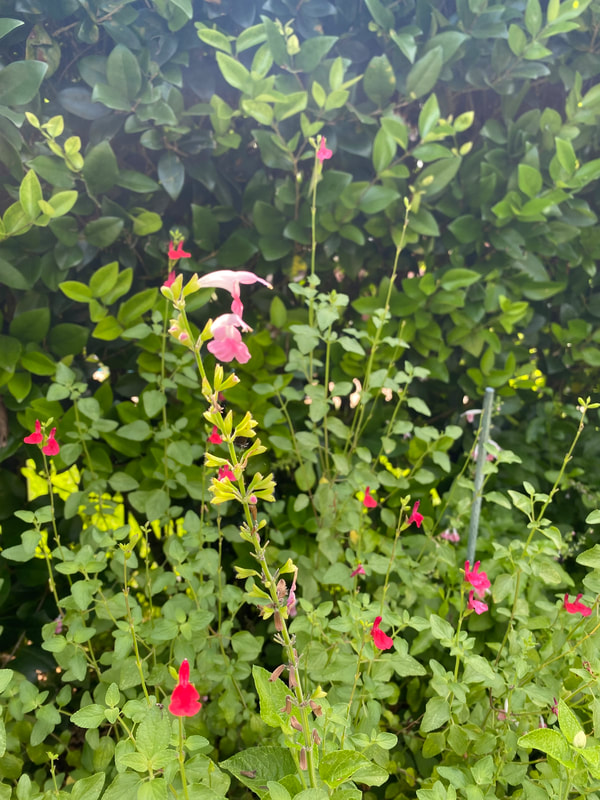
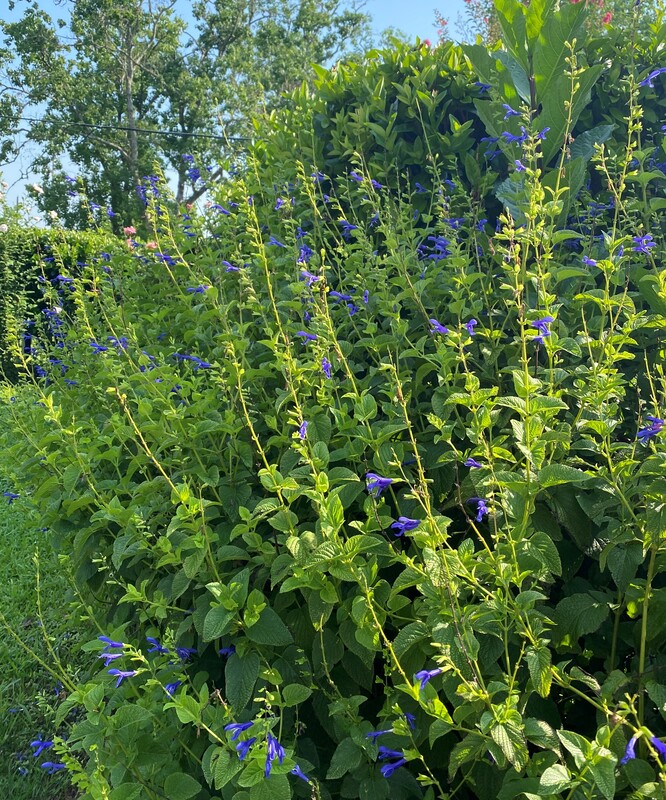
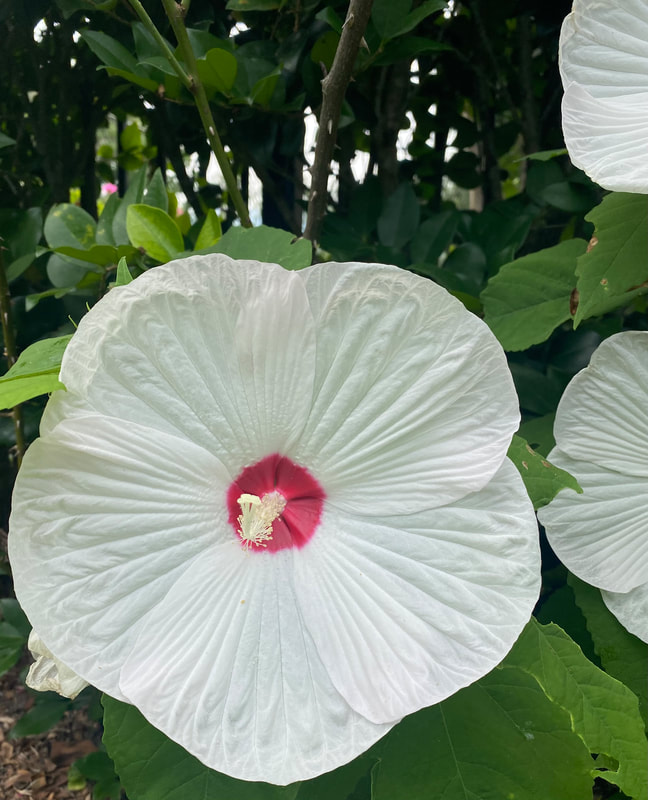
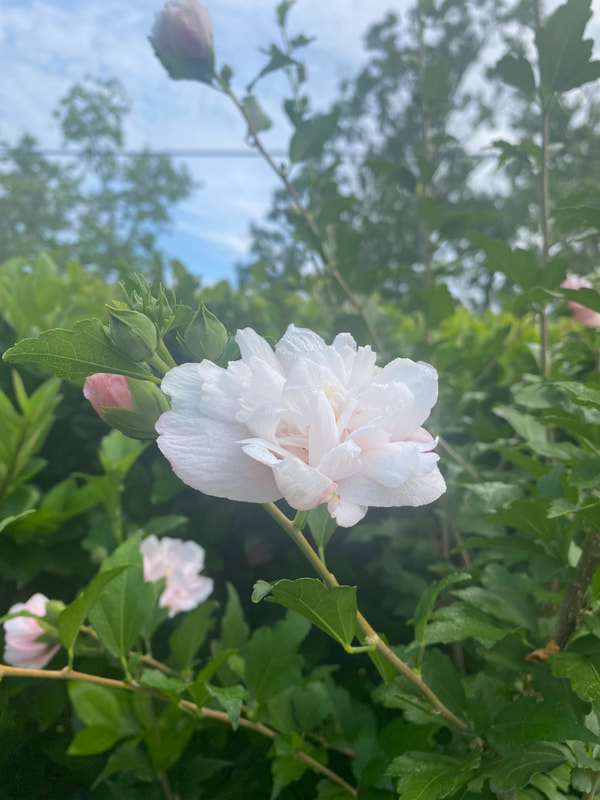
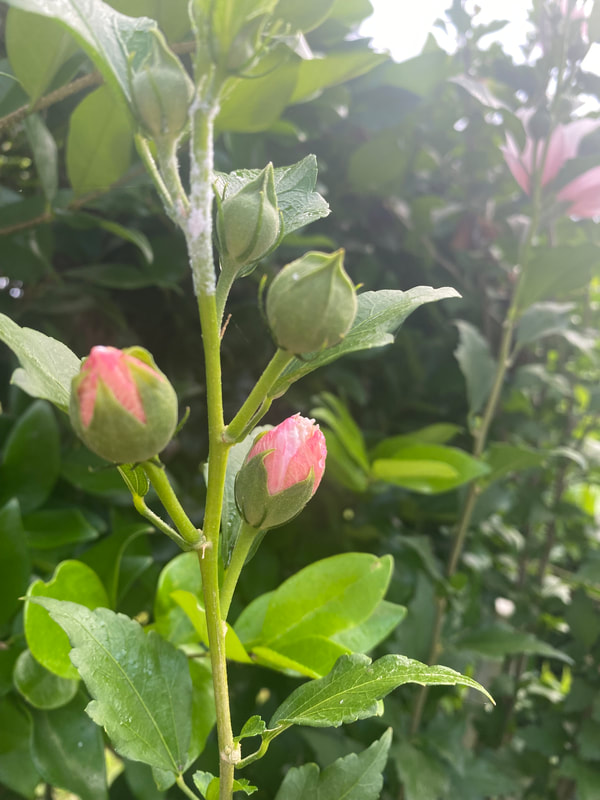
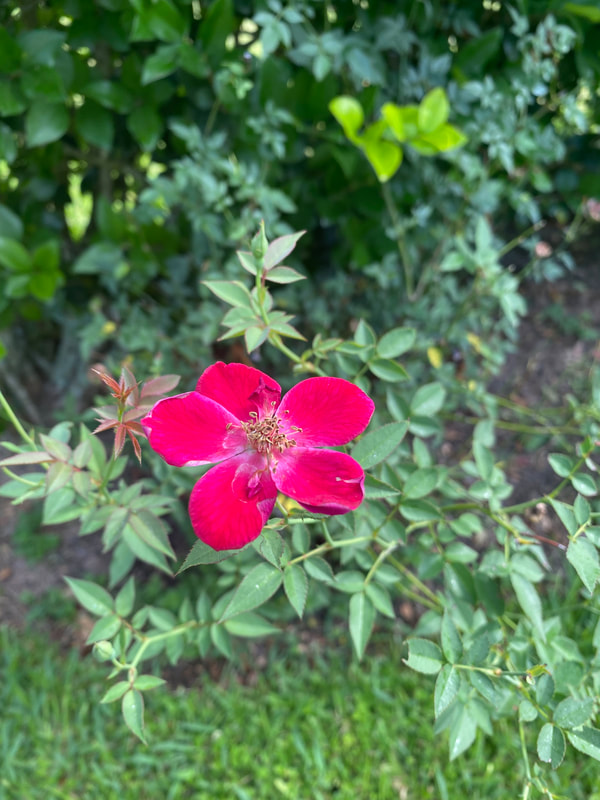
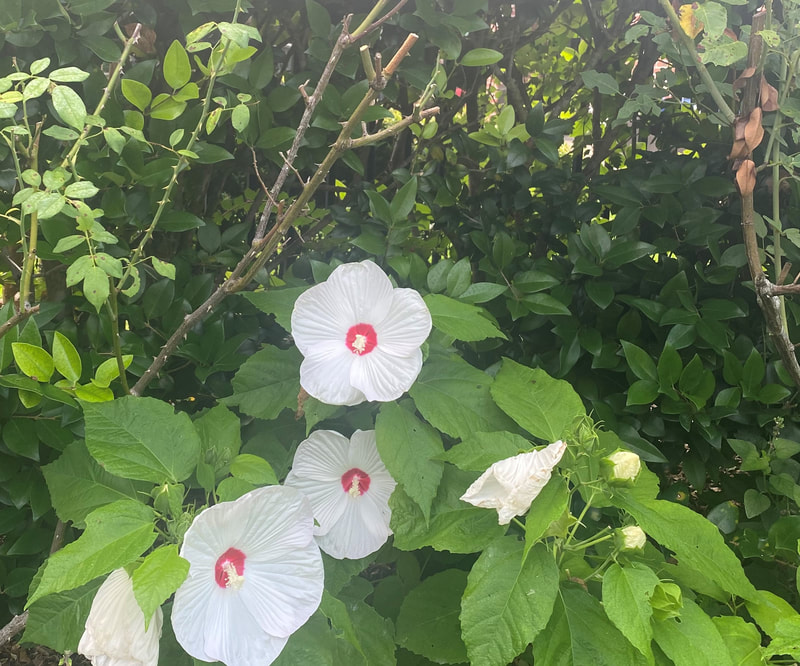
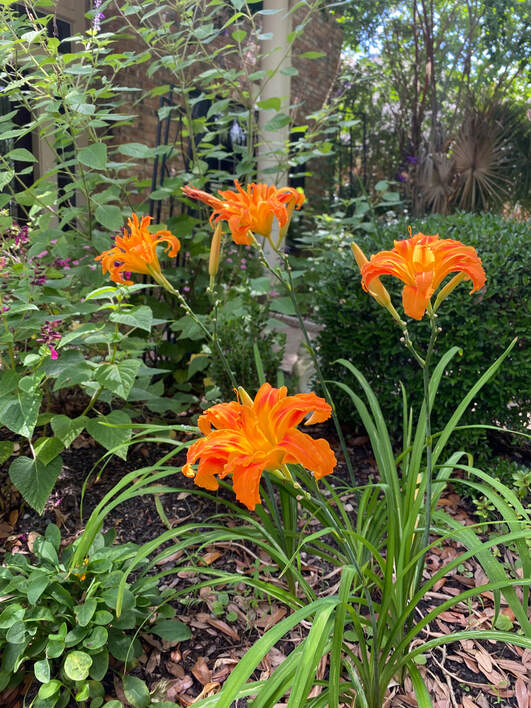
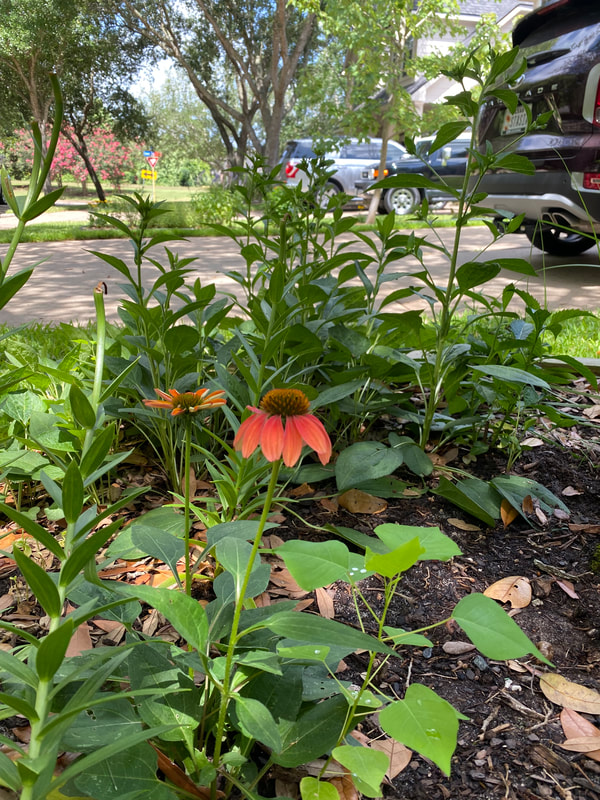
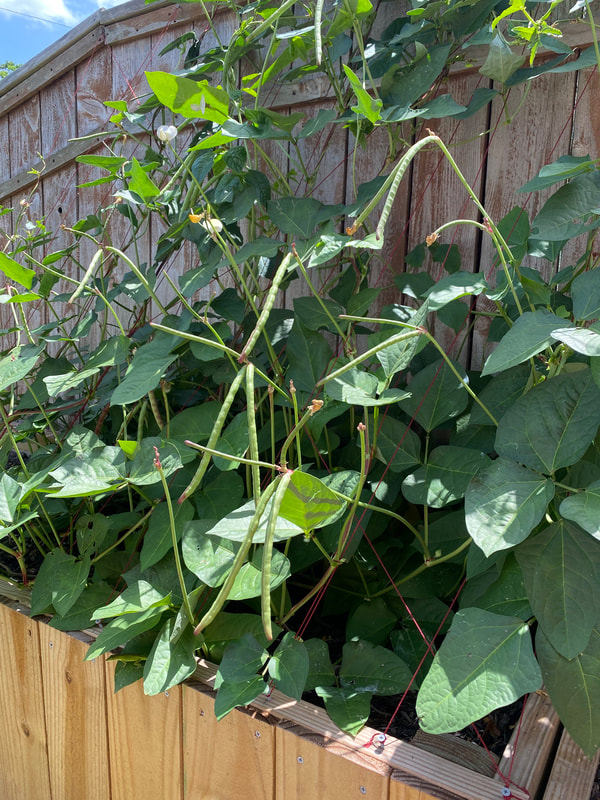
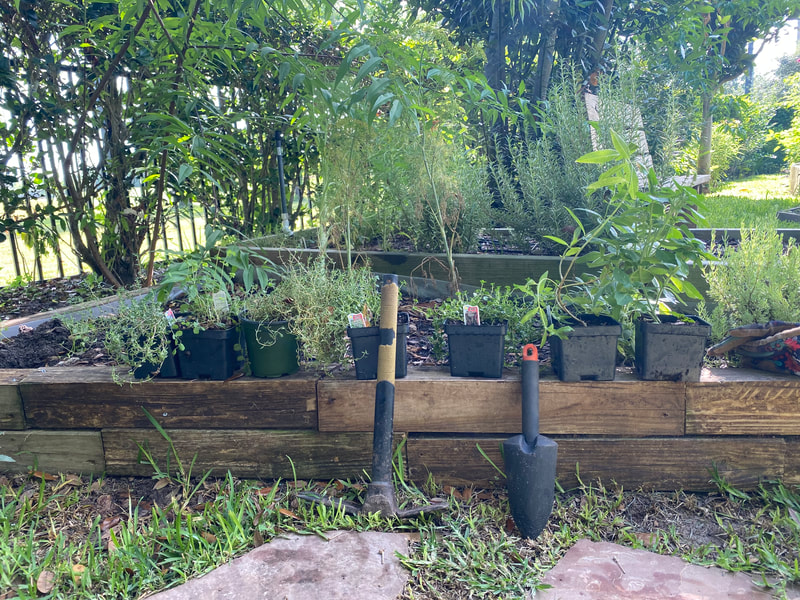
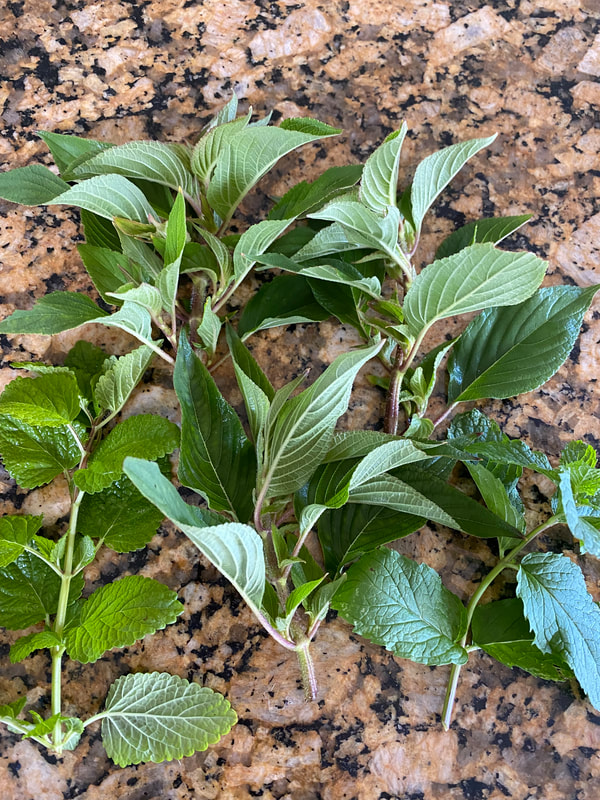
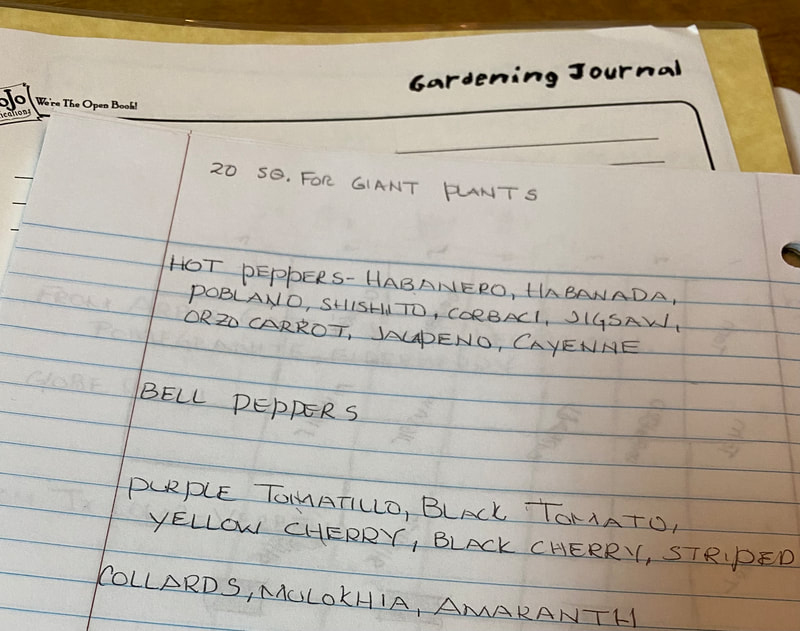
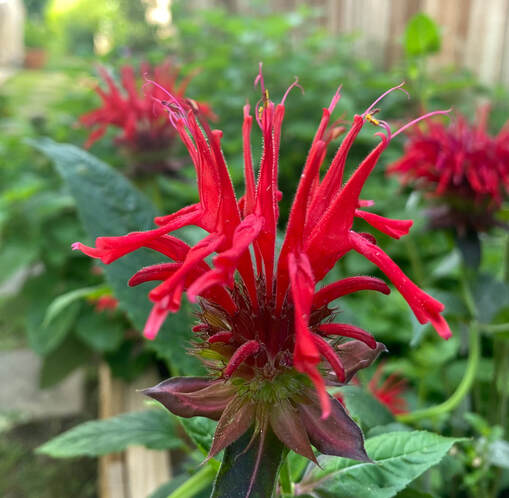
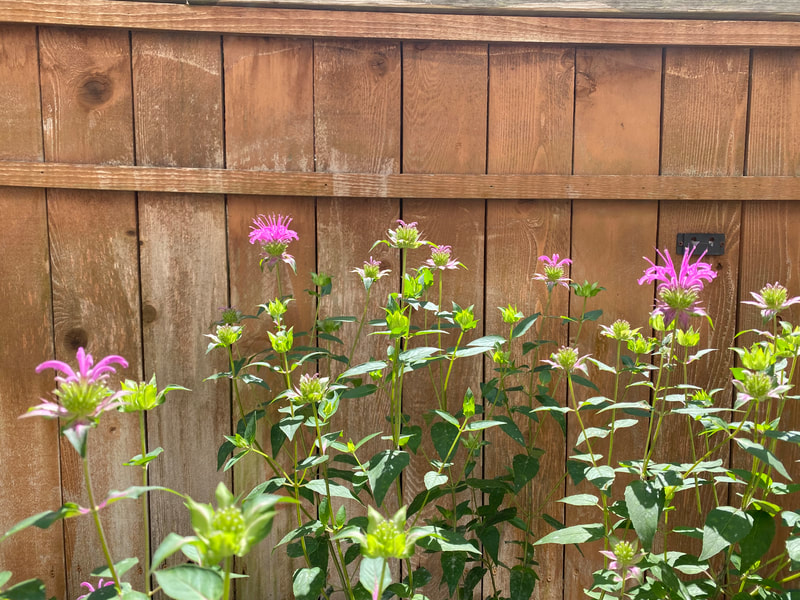
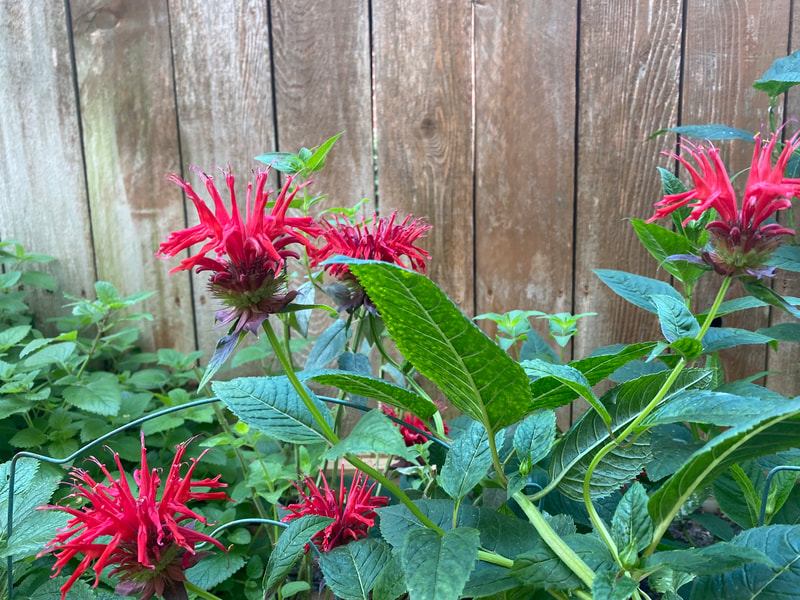
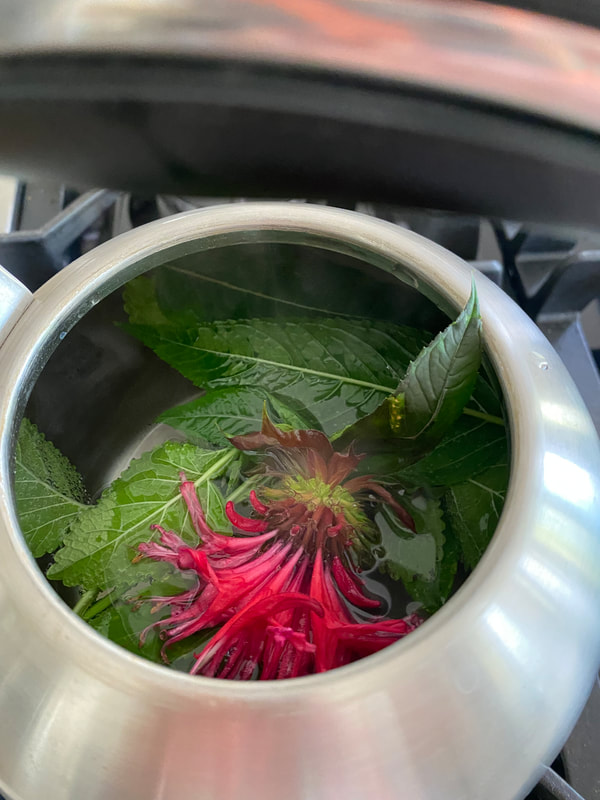
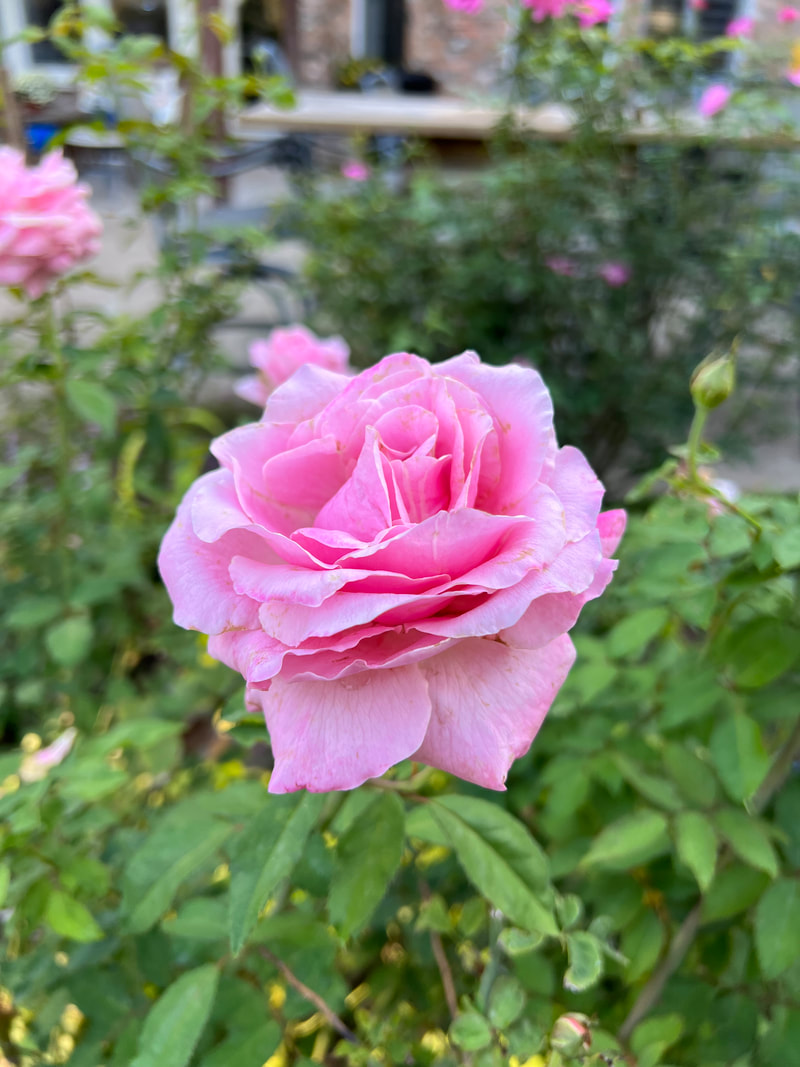
 RSS Feed
RSS Feed